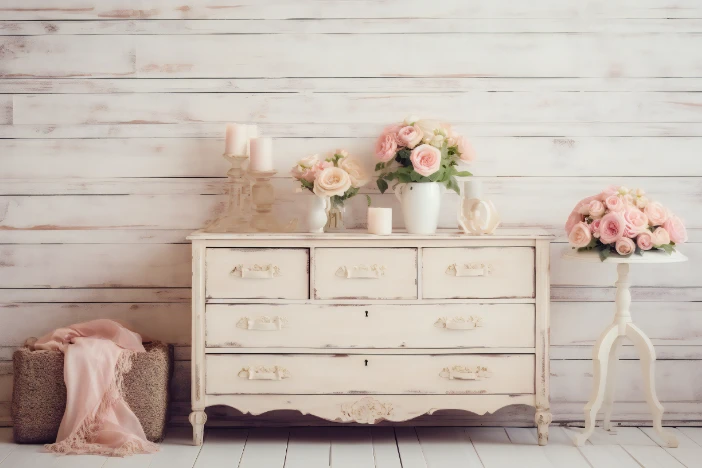
The eighth section of this in-depth list of interior design styles reviews a few broadly popular generic themes and highlights a couple with memorable features with more limited applications.
Scandinavian
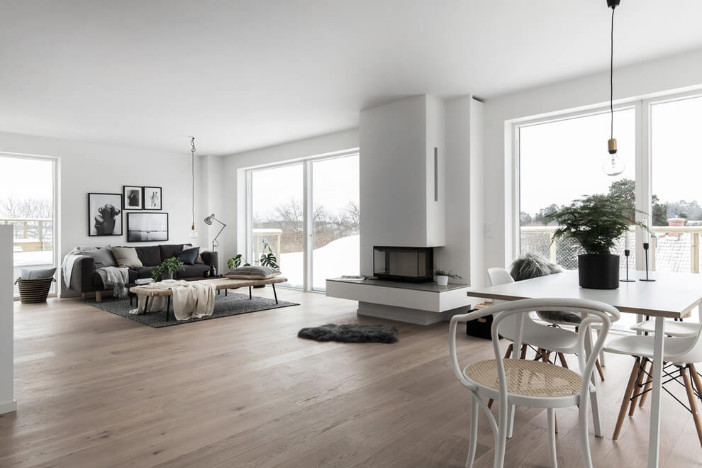
Scandinavian design is all about keeping it simple but making it stunning, never sterile. It’s the rare style that manages to feel both thoughtfully curated and completely relaxed, like the kind of home where you’d shamelessly wear socks with sandals and still feel ready for unexpected guests. You’ll spot it by the clever blend of clean lines and timeless earthy materials—think pale woods, soft textiles and glass that eagerly grabs every spare scrap of daylight, which is handy because Scandinavian winters aren’t exactly famous for their sunshine.
Hardwood floors sweep from room to room, stylish and unapologetically bare—carpet is one house guest that rarely gets a Scandinavian invite. Walls usually stick to a calm palette: crisp white, subtle gray and just enough blue on pillows and blankets to remind you of the sky and sea (on the off chance you see them through the clouds). Sleek shapes mingle with snuggly wool and linen, keeping things warm and welcoming. If you ever meet a Scandinavian fireplace, don’t be fooled by its minimalism; it’s basically the introvert who turns magnetic at every party.
Furniture here is the A-list of design—classics like Arne Jacobsen’s Egg chair or Alvar Aalto’s gently bent stools, each curve so smooth you’re tempted to pet it when nobody’s looking. Designers like Hans Wegner made the Wishbone Chair a global phenomenon and their influence lingers like the scent of fresh cinnamon rolls at fika time.
Scandi style isn’t just for interiors. Take those pale woods and woven touches outdoors to your patio or balcony and suddenly a chilly evening feels like the perfect excuse to cozy up with a throw (and maybe a mug of something hot enough to thaw your fingers). Scandinavian design proves style can be smart, unfussy and just quirky enough to make you smile—no assembly required.
Shabby Chic
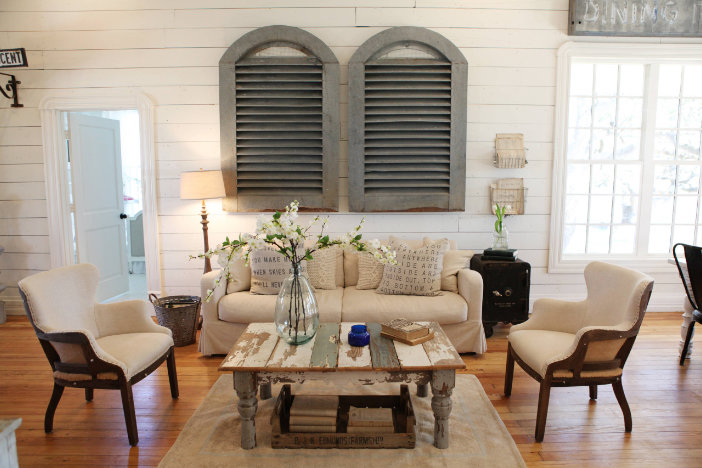
Shabby chic is that sweet spot where worn edges meet wistful elegance so you get grandma’s attic—if grandma was secretly a Vogue editor. The style owes its name and much of its laidback charm to Rachel Ashwell, who took forgotten flea market finds and turned them into an international aesthetic. In shabby chic rooms, you’ll spot flowing lines—think overstuffed sofas and curved chests of drawers—never anything boxy or uptight. Distressed paint reveals layers of pastel or chalky whites and if it looks like it’s lived a few lives, it’s perfect.
Texture rules the roost: you’ll run your hand over nubby linen slipcovers, faded floral cotton and rugs meant to feel as cozy as old blue jeans. If the furniture seems rescued from a sun-drenched farmhouse or whiffed in salt air, you’re on the right track. Iconic pieces like the classic English roll-arm sofa or an ornately carved armoire show up after their “glow-down”—because everything here embraces the beauty of imperfection.
Expect a palette straight from an Easter basket: whites, blush pinks, powder blues and sun-bleached neutrals—colors mellowed by sunlight, not time travel. Weathered wood, wicker and aged metals like wrought iron take center stage. Lighting leans toward vintage chandeliers because, honestly, nothing says “casual glam” like a few dangling crystals above artfully mismatched tea cups.
Shabby chic’s DNA has hints of French Country and Cottage style, but it’s the original “come as you are” look. Don’t be surprised if you start channeling your inner Monica Geller—suddenly craving to rescue every chipped treasure in sight.
Shaker
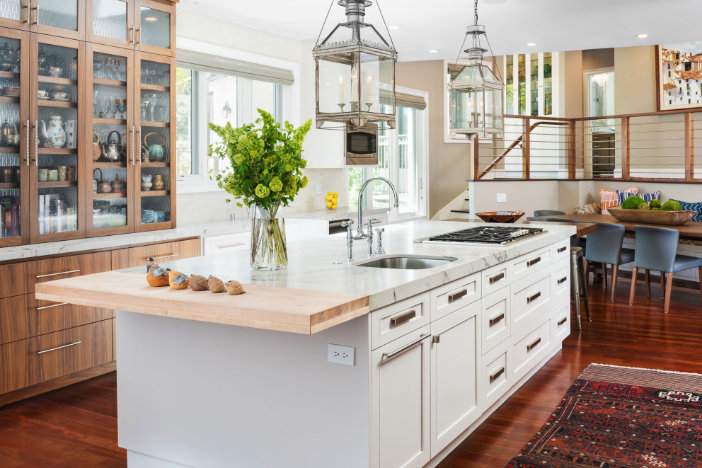
Shaker interior design is all about uncomplicated charm and usefulness that never tries too hard. Born from a religious community that practiced what it preached, Shaker style relies on honest, solid wood—think maple, cherry or pine—handcrafted with care, not computers. The look leans on tapered legs and straight lines, making everything feel lighter and easy to move, so if you ever feel a sudden urge for rearranging (or just need to sweep up after your dog), you’re set. Texture is subtle but rich—satin-smooth wood, woven chair seats, sometimes spindles that would feel at home in a period film.
Color-wise, the vibe is thoroughly understated: soft greys, calming taupes and gentle creams echo what you’ll find topping the latest neutral color palettes—nothing loud, unless your idea of exciting is a deep green or a modestly painted storage box. Shaker cabinets are the classic movies of the kitchen: enduringly popular, quietly refined and complete with that soothing recessed panel.
Signature pieces include the ladder-back chair, the kind you’d spot in timeless farmhouse kitchens or local coffee shops and the peg rail—a wall staple that keeps your hats and bags in perfect order. When it comes to star designers, the Shaker community gets collective credit—they believed adding a personal stamp was just a bit too showy for their philosophy.
Shaker’s real trick? Making restraint look special. There’s nothing extra here—just solid craftsmanship and modesty in a world that’s always looking for the next big thing.
Southwestern
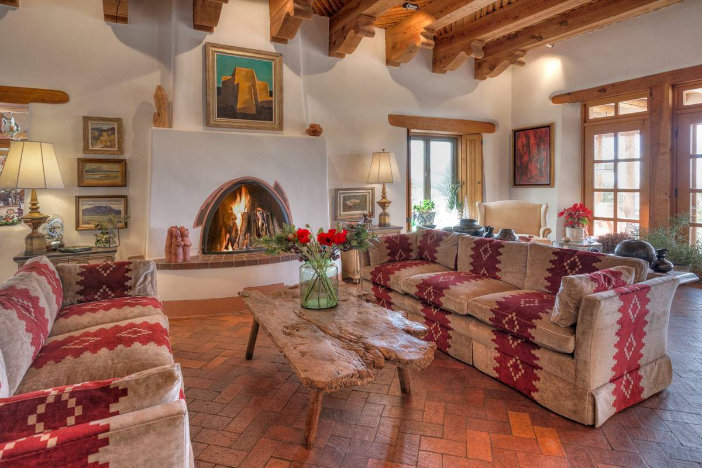
Southwestern or Santa Fe style feels as warm as a sunbaked mesa and almost as inviting as a fresh batch of chili. The look balances earthy authenticity with color that’s never shy—think a base palette of adobe red, sandy beige and cactus green punched up by bits of turquoise or golden yellow, so every room feels like the landscape got its big Hollywood close-up.
Texture does a lot of the heavy lifting here. Soft leather and weathered suede are right at home on sofas and chairs and if you’re looking for wood, knotty pine is a classic—bonus points for visible grain that’s less “factory-perfect” and more “rode hard, put away rustic.” Upholstery is bold with handwoven patterns and saturated hues, usually inspired by Native and Mexican design.
The bones of Southwest style often show in chunky, hand-carved wooden tables and iconic ladder-back chairs, some looking like they wandered out of a Georgia O’Keeffe painting. Legendary designer Alexander Girard dabbled with Southwestern motifs, but you’ll also see touches inspired by Native American artisans and even Frank Lloyd Wright’s take on desert modernism.
Lighting sticks with the playbook: wrought iron, stone and bronze fixtures cast a friendly glow, just the way nature intended if nature was really into mood lighting. Outdoors, you can’t go wrong bringing the vibe to a patio with terra cotta pavers and woven wool throws—just add a kiva fireplace and you’re ready for a Breaking Bad binge under the stars.
Space Age
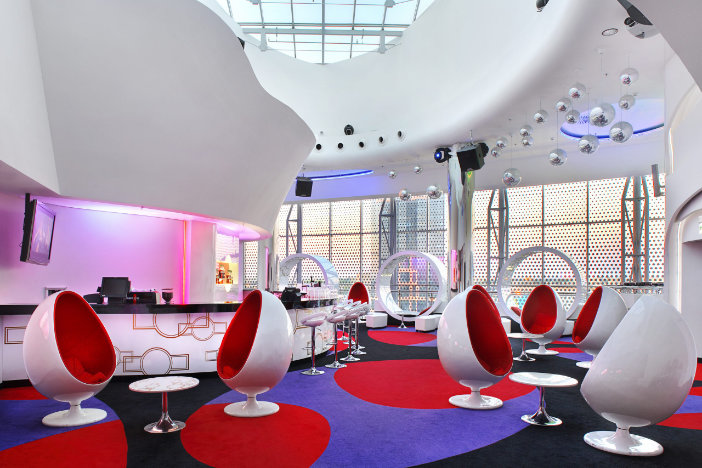
This retro-futuristic design style blasted off as soon as the world started gazing at the stars in the late 1950s and 1960s. Space Age interiors often get mixed up with the Atomic Age, but truth is, many so-called “Mid-Century Modern” pieces are actually space explorers at heart. What really sets Space Age apart are bold sculptural forms—think organic, pod-like curves, floating seats and uninterrupted continuous lines that feel as though they could hover right out the door. Molded polypropylene plastic and fiberglass make these wild shapes possible, with finishes that range from high-gloss white and jet black to juicy tangerine, hot pink and transparent hues that wouldn’t look out of place in Barbarella’s living room.
Texture is all about smooth, reflective and futuristic—you’ll spot polished chromes, shiny vinyls and surfaces that bounce light around like a disco in zero gravity. Foam upholstery skis the line between cozy and clean-lined, making comfort feel space-age chic. Eero Aarnio’s Ball Chair, Bubble Chair and Egg Pod are still the galaxies’ gold standard, while designers like Joe Colombo and Verner Panton helped pioneer the genre with out-of-this-world furniture and modular flair.
On the scene you’ll also notice Tulip tables and chairs by Eero Saarinen, which even scored a cameo in “2001: A Space Odyssey”—talk about a moonshot for design cred. The Sputnik Chandelier, UFO fireplaces and Googie-Esque structures like LAX’s Theme Building or John Lautner’s Chemosphere house keep the vibe light and future-forward. Add a lava lamp or pop art and suddenly your living room is ready for blast-off or at least a Jetsons rerun. Space Age is playful, bold and never afraid to be the odd pod at the party.
Spanish Renaissance
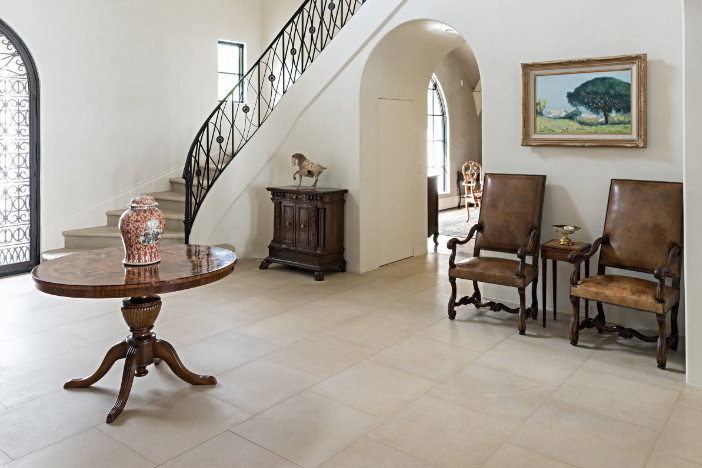
Spanish Renaissance interiors are like a mashup of grand Renaissance flair with the earthy, sun-kissed vibes of Spain—think old-world luxury dressed for a fiesta. The look is all about show-stopping craftsmanship: those chunky walnut, oak or cedar pieces are hand-carved like they’re auditioning for the next season of “Antiques Roadshow,” showing off bold geometric patterns or even the occasional mythological beast, just because.
Surfaces have real attitude. Expect everything from rough-hewn wooden beams overhead to leather upholstered chairs so richly hued in scarlet or emerald that they’d make a matador’s cape jealous. Wrought iron is the supporting character here, popping up in everything from gravity-defying chandeliers to those dramatic scrolling sconces that light up a room better than a TikTok ring light.
Warm, rustic tile floors ground the style, often topped by a patterned rug that looks straight out of a Spanish palace’s grand hall (insert royal fanfare here). Don’t forget the pottery; brilliant ceramics and bold terracotta bring bursts of color that tie the space together faster than you can say “olé.” Arches rule the architectural conversation, softening every doorway, window and even headboard, sidestepping any medieval dungeon vibes.
The jamuga chair and vargueño desk are the stars of Spanish Renaissance furniture. The vargueño is like the ultimate travel desk, packed with secret compartments—007 would be jealous. Designers like Diego de Siloé and Juan de Herrera helped create this look. Their work is fancy but not too flashy, full of power and personality with just the right amount of drama.
Steampunk
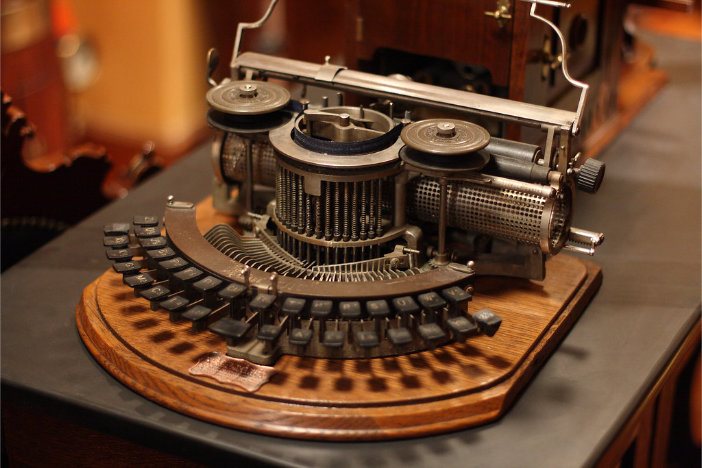
Steampunk interior design is what happens when Victorian flair gets a tough, mechanical twist. Picture a room where you wouldn’t be surprised to see an airship parked next to the sofa. The furniture is big and bold—leather sofas with metal rivets, chunky wood tables that look like they came from a mad scientist’s lab and curved metal details that hint at old machinery.
Texture is everywhere. There’s worn wood, hammered copper, tough leather and metal pipes proudly on display. These finishes almost beg you to run your hand over them. The colors keep things cozy and a bit mysterious. You’ll see lots of dark browns, deep blacks, dark reds and hints of shiny bronze and brass that catch the light just right. If a time traveler ever needed a place to relax, this is where they’d land.
Furniture feels custom-built for adventure, ranging from gears-and-gaslamp-inspired desks to club chairs that could pass for Captain Nemo’s reading nook. If you’re out treasure hunting, keep an eye out for works from designers like James Richardson-Brown, who coined “Steampunk Furniture,” or Bruce Rosenbaum, known for transforming everyday objects into whimsical industrial relics. Lighting is playful too—throw a bare Edison bulb or two in there and you’ve basically got the moody set of a Sherlock episode.
Steampunk never hides its innards. Pipes snake boldly along walls, gears spin for sheer spectacle and every scratch on wood tells a story. For flair, a lovingly tattered map might stretch across the wall, offering more plot twists than a Jules Verne or H.G. Wells novel [Onion 2008]. It’s bold, it’s quirky and when you add a touch of “Wild Wild West,” “Hugo,” or “The City of Lost Children” cinematic flare, you’ll have a home that’s equal parts workshop, lounge and fantasy set—no top hat required.
Swedish
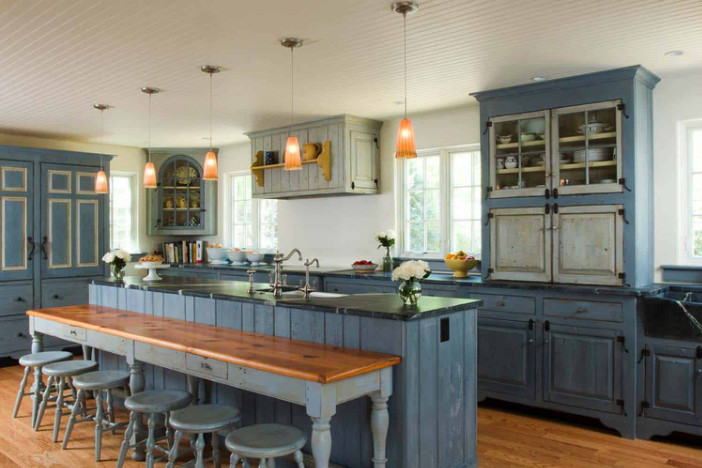
Swedish interiors champion unfussy elegance and feel like the design world’s equivalent of an ice-cold glass of water—refreshing, crisp and basically never out of style. Rooms glow with natural light bouncing off matte walls in white, pale gray or just the right shade of oatmeal, keeping spaces bright even in the middle of winter. Here, minimalism isn’t a cold shoulder; it’s an inviting hug, thanks to soft textures—think plush wool throws, nubby linens and leather that ages a little more gracefully than most of us.
Wood is everywhere, usually in a pale birch or pine and it’s often lightly pickled or washed to let the natural grain shine through. For color, Swedish design pulls in gentle earth tones, mossy greens, cozy taupes and the occasional powder blue—as if the outdoors woke up, hit the sauna and decided to move in.
Form always puts function first, but that doesn’t mean furniture can’t have a little flair. Carved details, tapered legs and the gracefully arched “Göteborg” chair feel old-school but never old-fashioned. If you want a crash course in iconic Swedish style, look up Carl Malmsten, whose sofas and armchairs are more addictive than a box set of Scandinavian noir. And let’s not forget the legendary Bruno Mathsson, whose “Pernilla” lounge is pure hygge for your spine.
Swedish lighting is all about gentle ambiance, so don’t expect Vegas-level bling—subtle sconces and pendant lamps keep the mood serene and the vibes Scandi-cool, with just enough brilliance to show off your impeccable taste in ABBA records.
Traditional
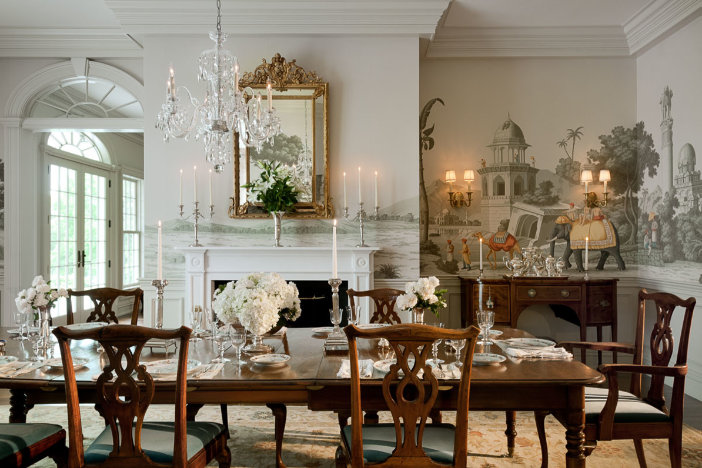
In the world of traditional interior design, drama comes not from outrageous color pops or geometric experimentation but from lush details and a quiet, unmistakable grandeur. Picture interiors where symmetry reigns supreme—sorry, fans of the Netflix show Nailed It, there’s no intentional lopsidedness here. Jaw-dropping carved mahogany and walnut command the room, with Queen Anne chairs and Chippendale cabinets playing starring roles and Louis XV settees adding a dash of French charm for good measure. Renowned designers like Dorothy Draper and Sister Parish have paved the way, championing a look that never tries to reinvent the wheel, just makes sure it rolls like a Rolls-Royce.
Traditional style is all about touchable luxury. You get smooth damask, soft velvet and real wood that shows off its age. Colors are quiet and easy on the eyes—think creamy ivory, pale sage and calm taupe. Shapes keep things classy with curved moldings and cabriole legs in all the right spots. Comfort is clearly a big deal, too, with beefy wingback chairs and plush, rolled-arm sofas that pretty much refuse to let you leave—kind of like Adele keeping you around for just one more song.
Accessories pop up everywhere, too, from gleaming brass lamps to imposing mirrors with gilded frames and—yes—those crystal chandeliers that prove lighting isn’t just an afterthought. If you want timeless style with a wink and a nod to history, traditional design is your home’s greatest hits album—classic tracks only, no remixes needed.
Transitional
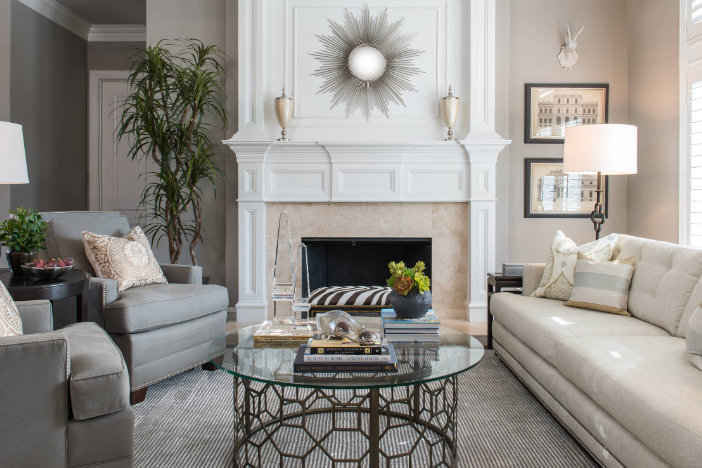
Transitional interior design is the peacekeeper on your Instagram feed—a little bit classic, a little bit rock ‘n’ roll, getting traditional and modern to hold hands without anyone calling for a style intervention. The vibe is Goldilocks-approved: just the right amount of structured comfort. Sofas and chairs sport clean lines with a hint of curve—never so sharp you’d snag your pants, never so ornate you’d worry about your cat using it as a scratching post. Details are present, but you’ll have to look twice (and squint) to truly catch them.
Texture quietly joins the party, layering in creamy velvets, nubby linens and plush accents that’ll make you think twice about wearing shoes indoors. Leather sneaks in with that “I’m sophisticated but approachable” energy, usually in deep browns or taupes. Prints keep it on the down-low: you may spot a subtle geometric or barely-there pattern, but never anything bold enough to compete with grandma’s wallpaper. If the room feels like a big hug of creamy whites, soft grays and cozy caramels, you’re probably in the transitional zone. No neon allowed—unless your personality calls for it, in which case, transitional will just politely blush.
Materials play it smart: hardwoods, glass, brushed metals and the occasional marble accent that doesn’t scream “I’m here for the drama.” Furniture won’t beg for attention but will definitely check itself out in the mirror—think Parsons tables or a self-assured (but never cocky) Chesterfield sofa. Designers like Barbara Barry and Thomas Pheasant have given transitional its cool, monogrammed bathrobe.
Lighting remains calm—no chandelier tantrums here. Clean-lined sconces and minimalist lamps do their job without fuss. Transitional design never tries too hard to impress. Instead, it quietly hands you the remote, pours a coffee and lets you know your socks (and sense of style) are right at home.
Tropical
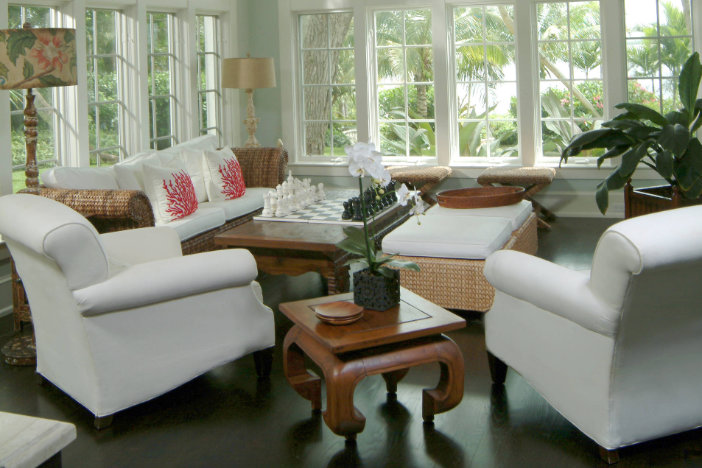
The Tropical aesthetic is all about welcoming laid-back vacation vibes with open arms—no flight required. It’s style with sunscreen and a dose of sophistication. Here, furniture shows off smooth organic shapes and open silhouettes, letting the eye—and maybe a beach breeze—flow right through. Rattan, bamboo and wicker aren’t just material; they’re a way of life, adding a lightweight but sturdy backbone to chairs, sideboards and even headboards. Touch is everything, with grasscloth walls, woven pendants and richly textured sisal and jute rugs setting the scene from the floor up.
Color should feel like a gentle hug, not a neon high-five. Think sandy beige, seafoam blue, leafy green and sunset peach, keeping the mood bright but breezy. If you’re craving adventure, prints featuring super-sized palm leaves, monsteras or bursts of hibiscus mean you can channel your inner Miami Vice—minus the shoulder pads. No tropical room is complete without a lush plant or three and honestly, what’s more iconic than a vintage peacock chair presiding over the action? Thanks to legends like Paul Frankl, whose rattan pieces made getting “bendy” chic and Dorothy Draper with her bold, leafy hotel interiors, this look has real design street cred.
Tropical style doesn’t stop at the sliding glass door—outdoor patios and screened porches shine when dressed in weather-hardy bamboo sofas and jungle-bright cushions. All it takes is a little imagination and, let’s face it, a lot of SPF.
Tudor
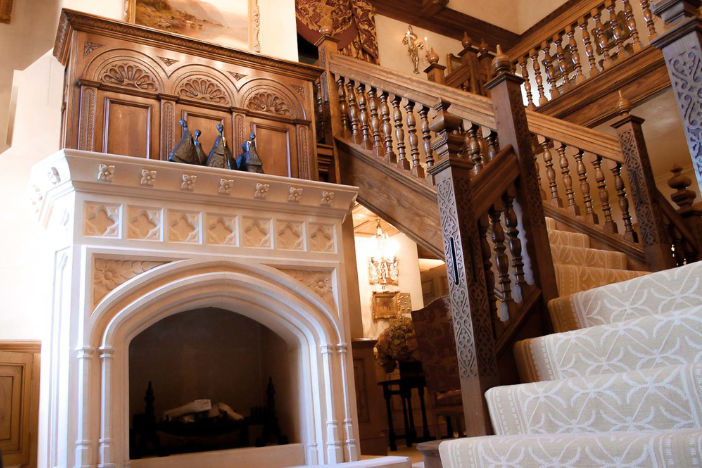
Tudor style doesn’t just lean into its medieval roots, it practically brings Downton Abbey drama to every corner. You’ll spot the famous low Tudor arch and those unmistakable timber beams crisscrossing ceilings—definitely more Hogwarts than Home Depot. The iconic exteriors play it cool with stone, stucco and solid wood doors, creating an English vibe that has outlasted more than a few royal scandals. Inside, the textures are where things get juicy. Dark-stained oak and walnut dominate, showing off years of craftsmanship in every carved panel and turned leg. Walls are either grandly paneled or slathered in muted plaster, often pairing with tapestries and the occasional velvet or brocade for that “rich history, richer upholstery” look.
Color schemes in a proper Tudor home don’t shy away from drama—think deep forest green, burgundy and earthy browns, only interrupted by stone fireplaces big enough for an epic Game of Thrones reunion. Iconic furniture pieces? Four-poster beds with drapery, hefty oak court cupboards, trestle tables fit for a medieval feast and massive wainscot chairs prove the Tudors didn’t do minimalism. Lighting sticks to wrought iron and brass for that “no power grid, no problem” vibe, while windows go tall, narrow and diamond-paned to lead your eye up to soaring ceilings.
As for famous designers, the era wasn’t about individual names—think master craftsmen, not celebrity stylists. More recently, designers like Sir Edwin Lutyens have reimagined Tudor elements for modern spaces, but don’t expect an HGTV Tudor Challenge anytime soon. This style’s greatest hits are all about substance, history and a solid dash of dark-panel swagger.
Tuscan
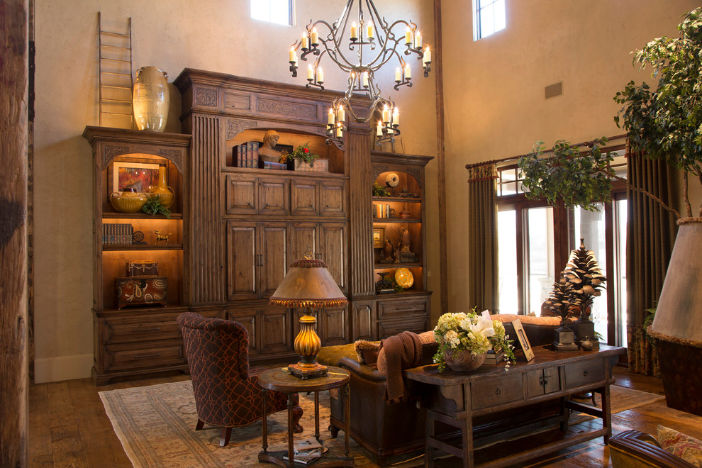
Tuscan design isn’t just a tribute to the rolling hills of Italy, it’s the art of turning ordinary living spaces into your own private “Under the Tuscan Sun” moment—minus the movie drama. This style embraces sunbaked colors that look straight out of a Renaissance painting: think burnished golds, rich terracotta, plum and olive, all working together to make the indoors feel as inviting as a glass of Chianti after a long day.
Texture does a lot of the heavy lifting here. Plaster walls and exposed stone create a tactile feast, while floors lean into character with distressed wood or terra-cotta tiles—bonus points if there’s a mosaic detail. Handy antique rugs keep things cozy underfoot but never fussy. You’ll rarely find heavy curtains in a Tuscan-inspired room; the aim is to let those Mediterranean rays pour in, proving once and for all that sunlight is the world’s best filter.
Tuscan furniture is all about rustic charm. Imagine chunky walnut tables, simple ladder-back chairs and sturdy wrought iron or aluminum furniture. If Monica Bellucci were a coffee table, she’d belong here. For real Italian style, look for pieces from makers like Poltrona Frau or Cassina. Renzo Mongiardino, that legend of Italian interiors, is a name you’ll hear a lot.
Tuscan style even works outside. Stone patios, wrought iron details and climbing vines can make your backyard feel like Florence—no plane ticket needed. If you want a home that feels warm and connected to nature, Tuscan is the way to go.
Guide Sections
References

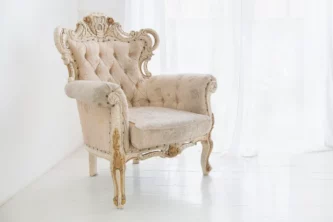
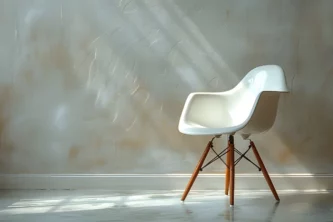
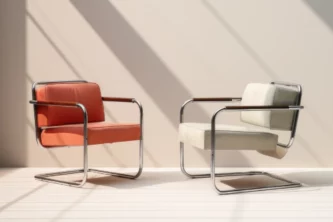
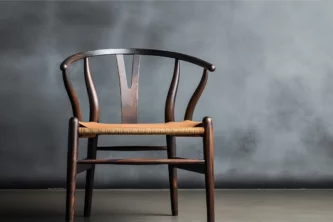
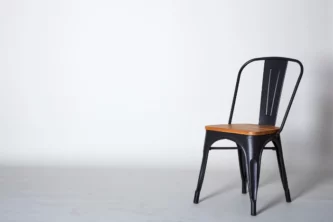
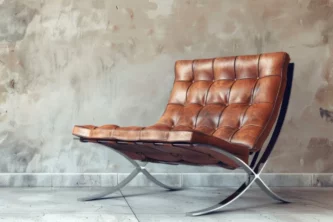
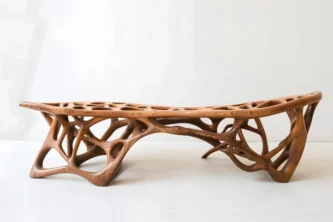
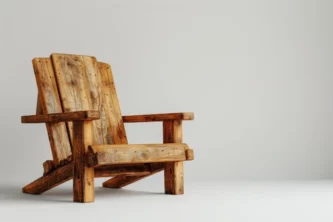
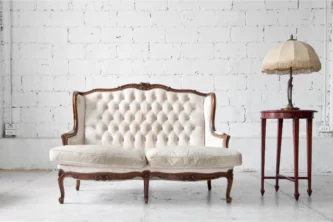




Leave a Reply